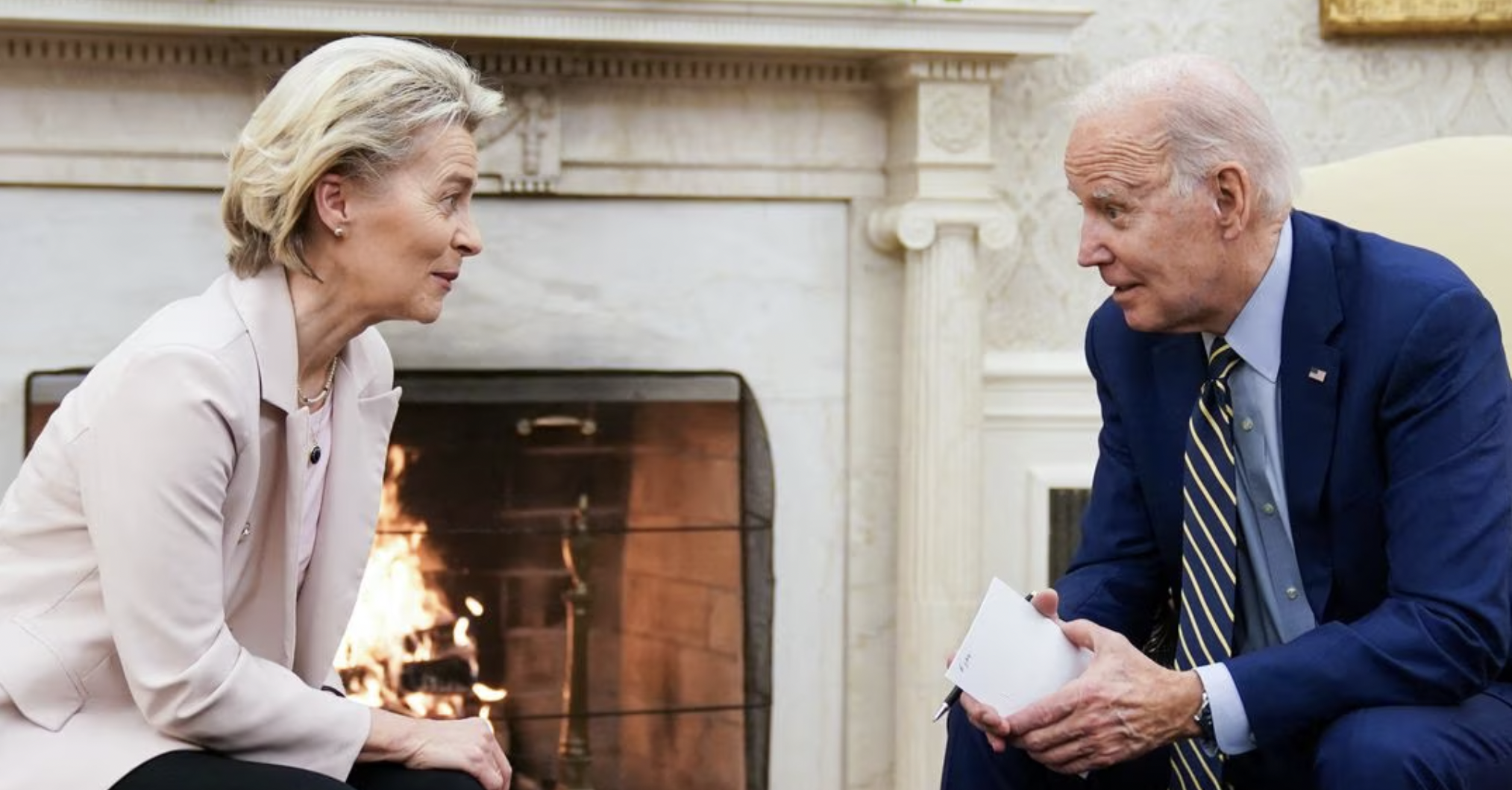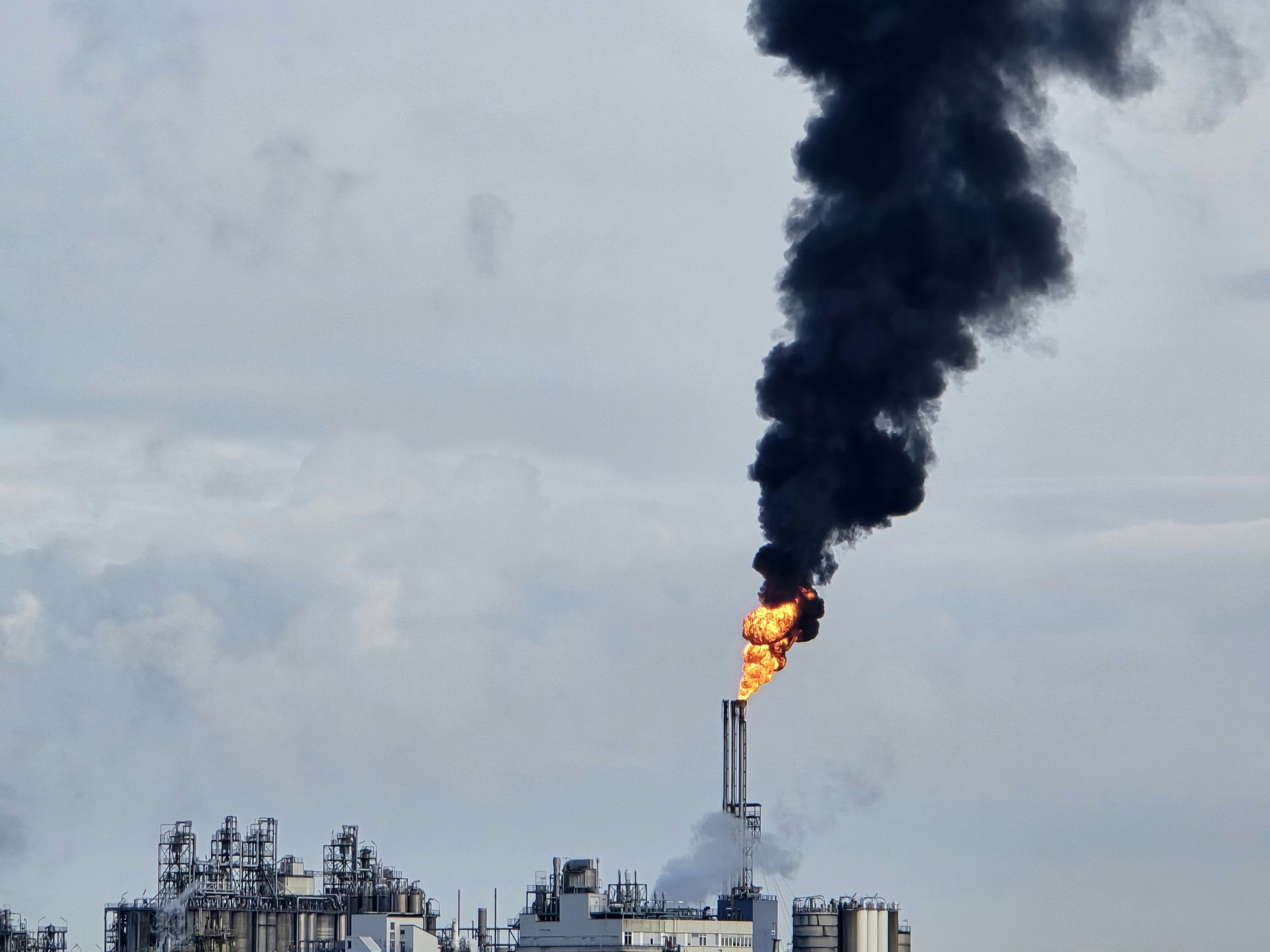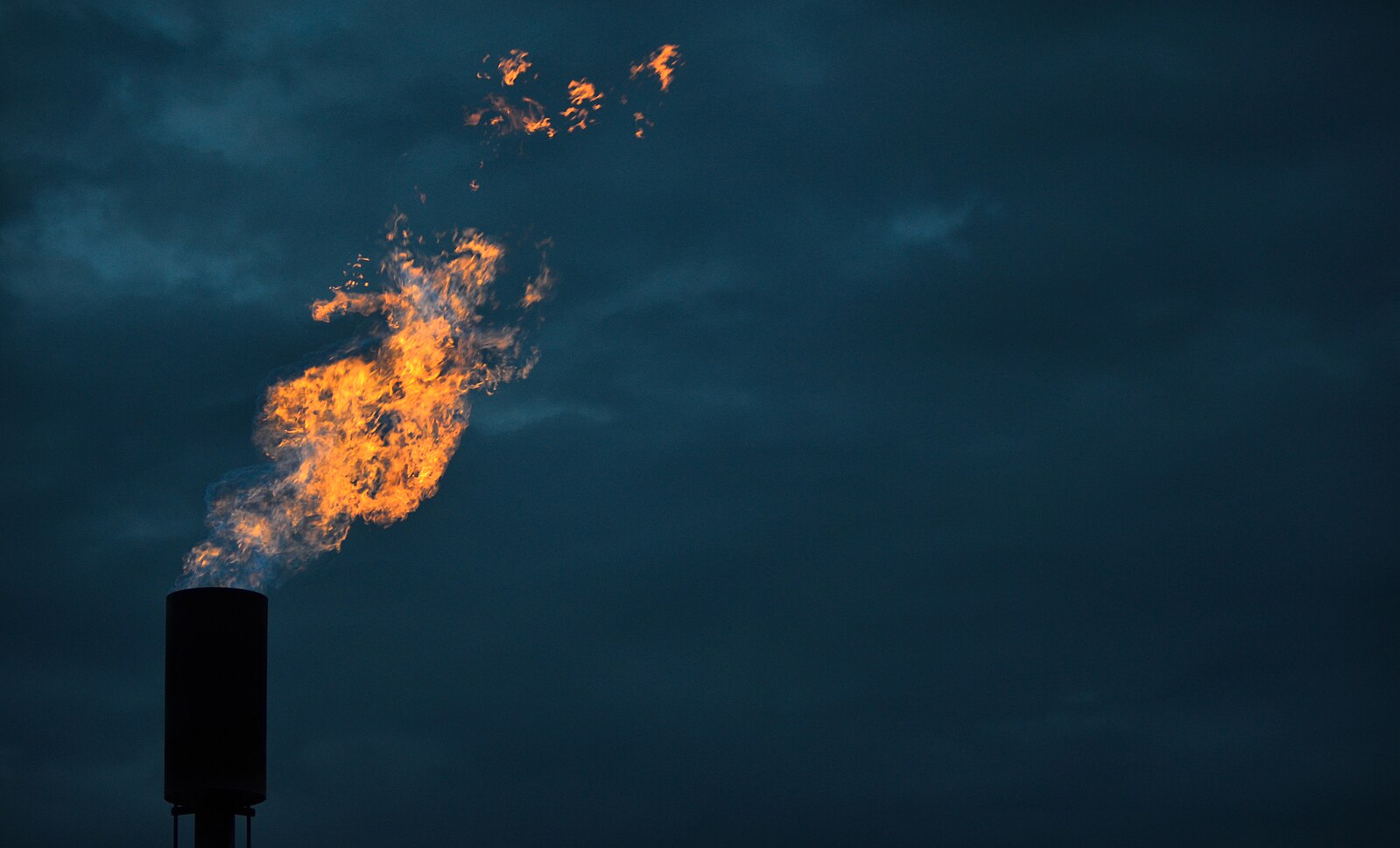We are excited to announce that Brink is now part of Africa Practice. Learn more
EU follows US on clean energy protectionism path

The European Union (EU) and its member states have been put on edge by the US Inflation Reduction Act (IRA), fearing that American green subsidies risk undermining the competitiveness of European manufacturers. The IRA’s expansive provisions to incentivise domestic production of clean energy technologies, via tax incentives and state subsidies, have already sparked a boom in investments in America. This has piqued the interest of European manufacturers of electrical vehicles and battery technologies, prompting some to explore plans to relocate projects to the US based on IRA incentives.
Since the IRA intends to mobilise USD 369 billion over the next decade – equivalent to the combined GDP of Ethiopia, Kenya, Ghana and Côte d’Ivoire in 2021 – some in Europe fear a mass exodus of clean energy players. Now, some nine months after the adoption of the IRA by President Joe Biden, the EU Commission has published draft legislation designed to scale its clean energy industry. The legislation, along with a proposal concerning the supply of critical minerals, forms part of the Green Deal Industrial Plan announced in February this year.
The overall objective of the Net-Zero Industry Act is that by 2030 the EU should be able to annually manufacture 40% of the net-zero technologies it requires. This includes critical components for solar power, onshore and offshore wind, battery storage, electrolysers and fuel cells, carbon capture and storage (CCS), and the electrical grid. The Net-Zero Industry Act seeks to improve investment certainty, lower administrative burdens, and facilitate access to markets. In a bid to try to meet the US on a similar footing, the Green Deal Industrial Plan also provides for an extensive relaxation of state aid rules, including for renewable energy and decarbonisation technologies.
Though far less extensive than the IRA in terms of driving local investments, the EU proposals are consistent with shifting dynamics in the global political economy. Intensifying geopolitical conflict, in particular involving Russia and China, have significantly affected the energy sector. This has heightened the intent of the US and EU to secure and de-risk supply chains – especially where these relate to future-facing technologies, such as renewable energy and battery storage.
While the IRA and, to a lesser extent, the Net Zero Industry Act, ultimately have the potential to accelerate the energy transition, protectionism also carries perverse incentives, with the risk of countries competing over cuts and subsidies, and that protecting sub-scale European clean energy manufacturing industries from competition slows technological adoption.
Risks facing developing economies
US and EU subsidies also create risks for developing economies pursuing clean energy policies. Neither are first-movers in many of these technologies in which they are seeking to become self-sufficient – and are unlikely to be the cheapest place to scale mass production. Accordingly, over the course of the next decade, subsidies are likely to contribute to higher costs globally for clean energy technologies. There is also the associated risk that American and European protectionism will close off or reduce commercial opportunities in other parts of the world that may otherwise have provided more cost-effective solutions.
Southern African countries such as Namibia and South Africa for instance have ambitious plans to develop green hydrogen economies, which involve the manufacturing of electrolysers. Green hydrogen production currently remains expensive to scale, and state competition over the production of technologies like electrolysers – made from platinum group metals mined in the region – may keep their costs prohibitively high.
In turn, developing economies – which are unable to provide similar levels of state support for commercial projects – will likely be forced into adopting retaliatory measures. This could include targeting higher benchmark prices for raw materials required in the energy transition, or imposing more stringent provisions for beneficiation, in a bid to shift value addition and manufacturing to the developing world.
DRC and Zambia, for example, are working together to derive more value from their vast cobalt and copper resources by localising manufacturing of EV batteries. While the US has expressed support for the plans, in part to counter Chinese influence in the region, the provisions of the IRA and EU proposal will likely make it more difficult for countries such as DRC and Zambia to attract the private sector investments they will need to realise their own industrial ambitions.
About the author
Alex Vergé is a consultant at Africa Practice. The above represents his views and not those of Africa Practice. Alex can be contacted at [email protected].
(Image source: REUTERS/Sarah Silbiger)
Proud to be BCorp. We are part of the global movement for an inclusive, equitable, and regenerative economic system. Learn more


